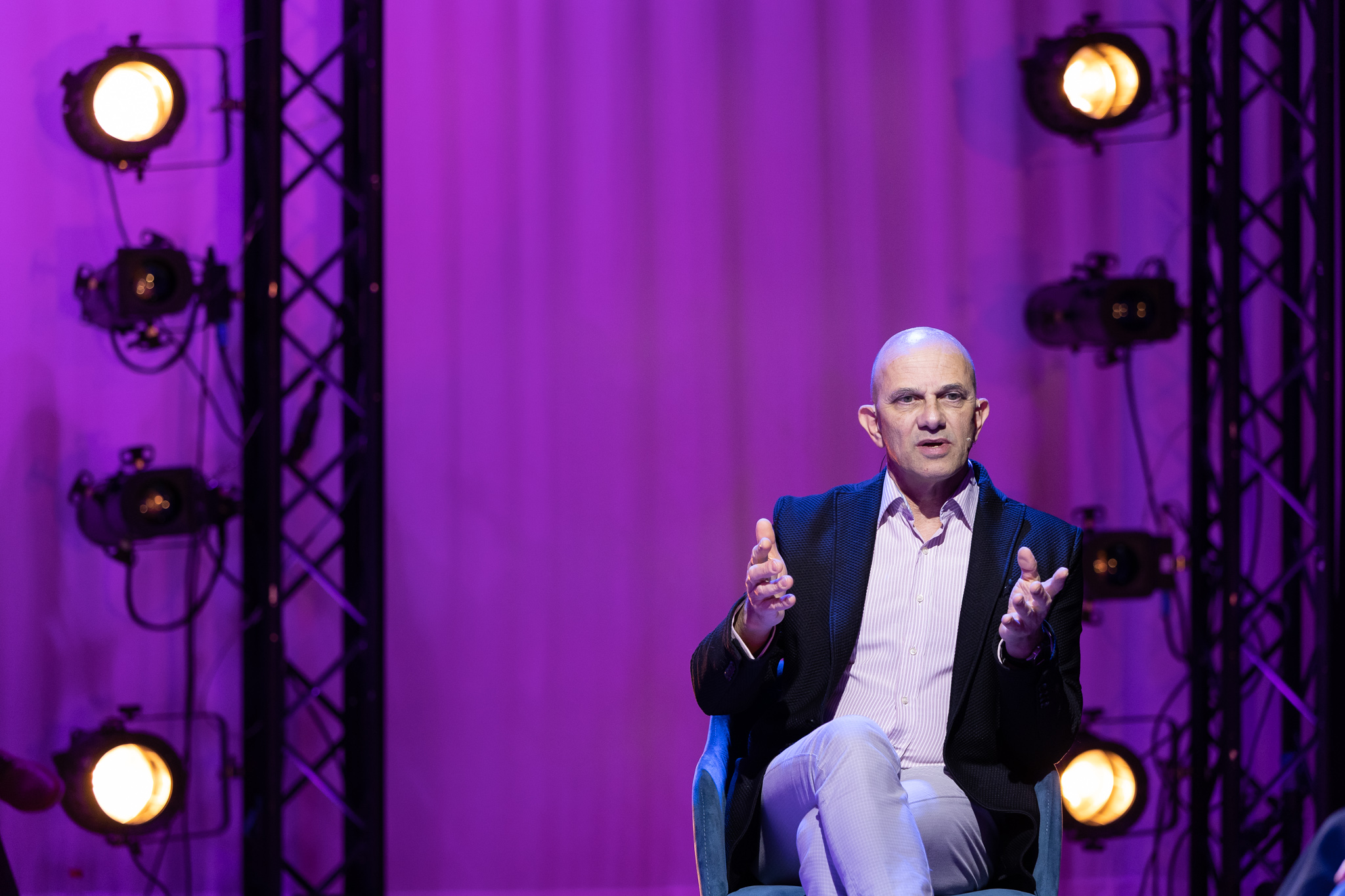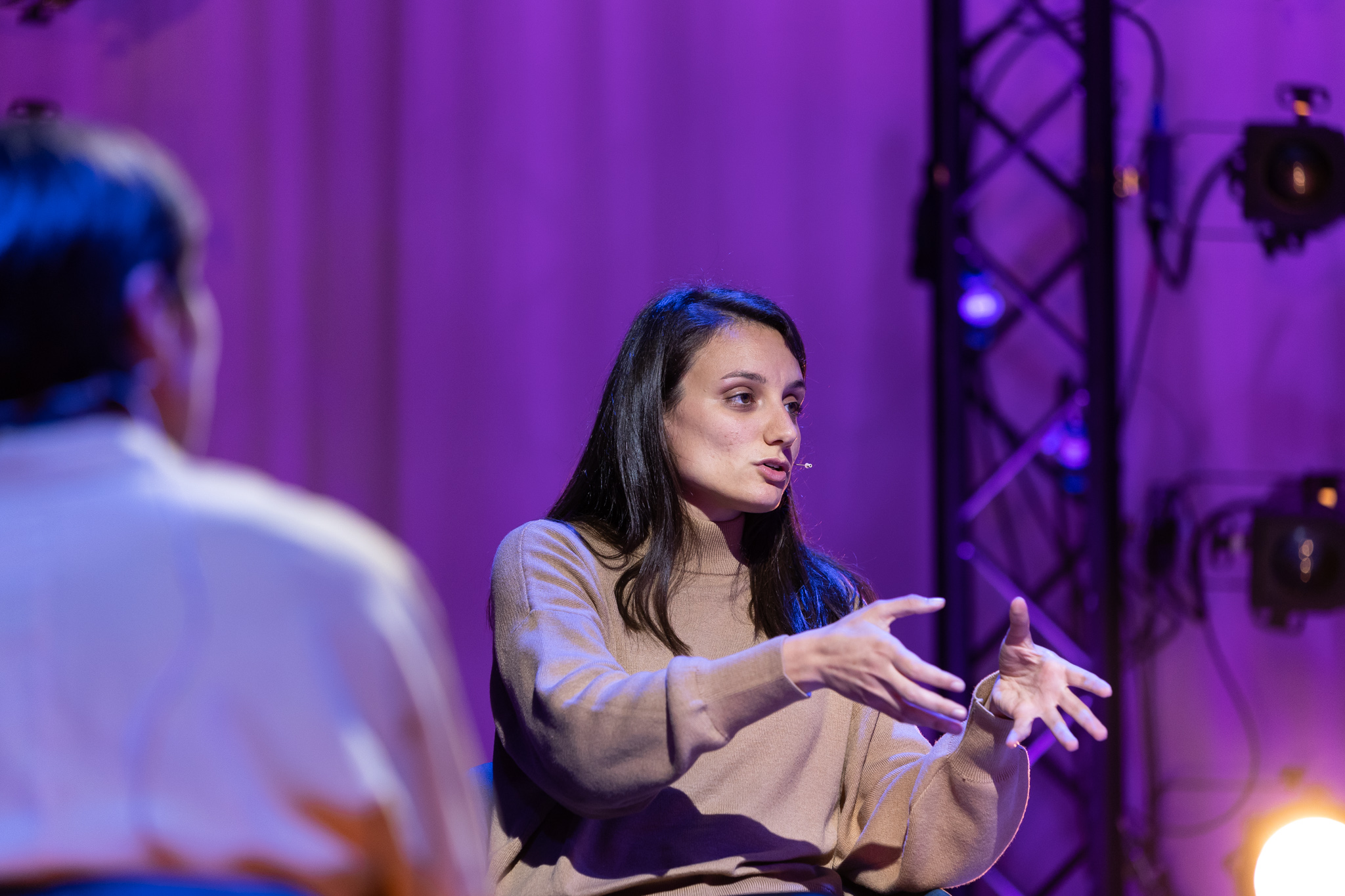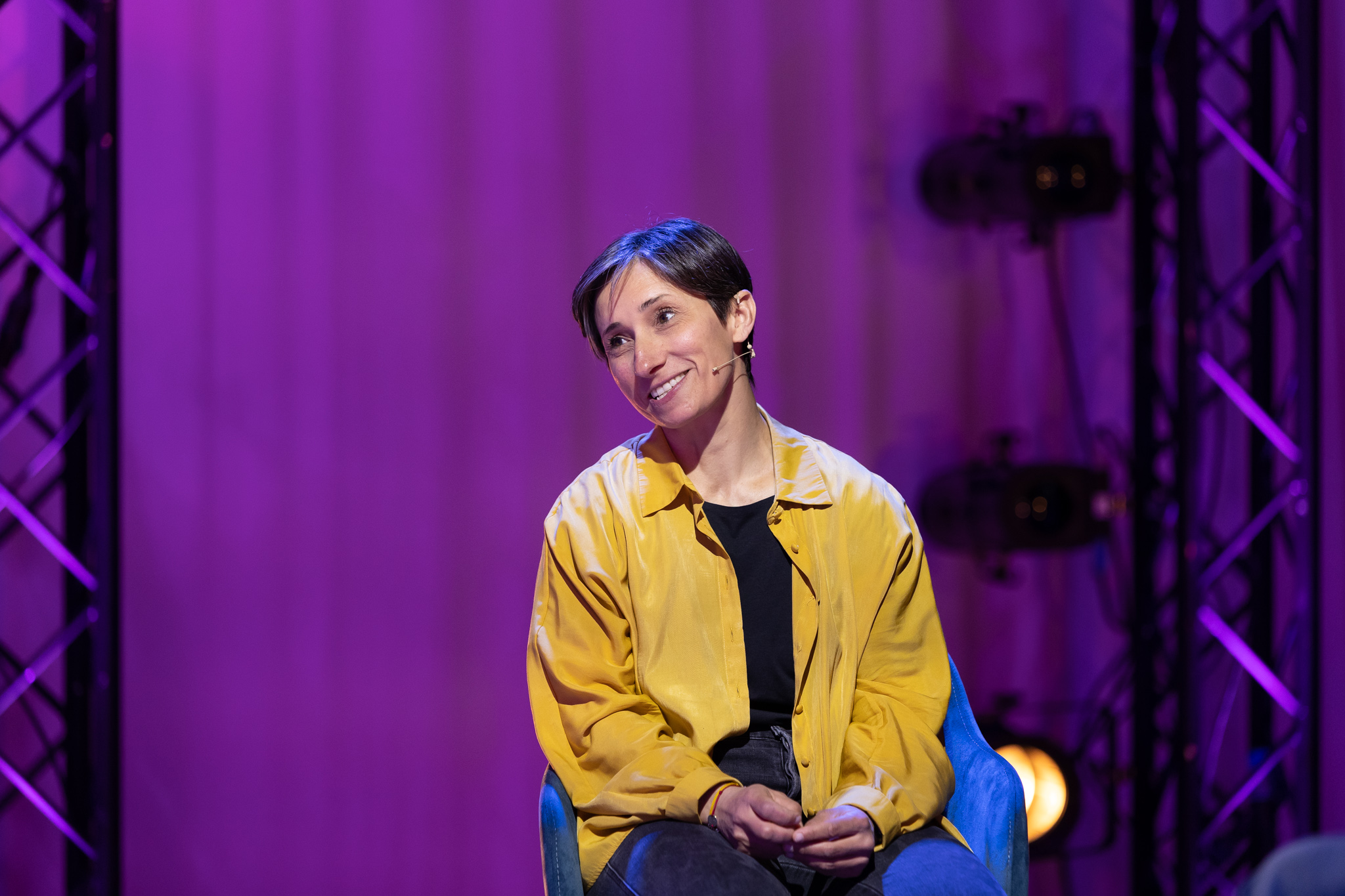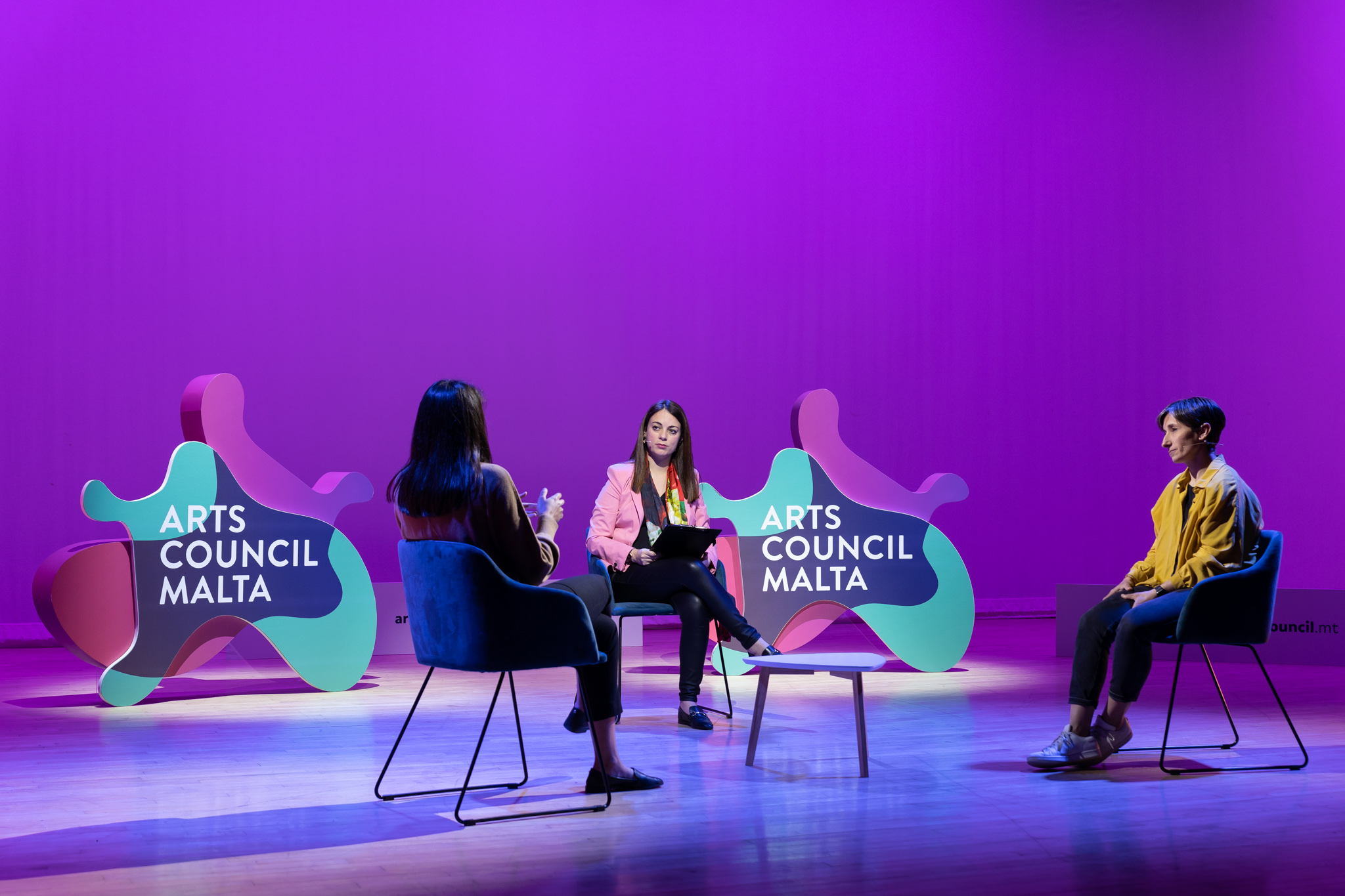The latest edition of ACMHangouts focuses on infrastructure within the local cultural context. What improvements need to be prioritised, and what is the link between infrastructure and communities? Together with this month’s guests, coordinator and host Elaine Falzon delves deep into the topic.
This month’s ACMHangouts session discusses the theme of cultural infrastructure with a strong focus on the local context, delving into the current state of affairs and the improvements needed. The second part of the session then takes a wider perspective, exploring the direct link between infrastructure and communities, while taking into account social, economical and cultural context.

The session kicks off with a discussion between co-ordinator and host Elaine Falzon, architect and president of the Malta Society of Arts Adrian Mamo and writer and theatre practitioner Simone Spiteri, who each weigh in about the ways in which the current status of cultural infrastructure supports the creative ecology.

Simone explains that within the sphere of theatre, one of the biggest headaches is finding a space to rehearse. This has become even more challenging with time. The other issue is having the space available to explore the art, in order to give a work its due process. She points out that this challenge is not necessarily limited to theatre, but also includes other art-forms like dance, which might even find it more problematic given the specific requirements demanded by the art-form.
Adrian expands on the topic, adding that it is important to expand our idea of what constitutes a cultural space, and that this doesn’t need to be an actual theatre nowadays. He uses the Edinburgh Festival, which uses numerous alternative spaces around the city, as an example.
Do such issues affect the final artistic product, Elaine asks. Simone states that the final output is only the tip of a very large iceberg, and that the part requiring most resources is actually the part that we don’t see. Her belief is that without the basic resource of a physical space, this obviously creates a problem. A correlation of this is that theatre practitioners don’t have a space where to explore ideas, and even make mistakes.
Adding to the topic, Adrian explains how theatre is the art from that is most affected by lack of physical space. By contrast, the creative process for visual art and music composition, to mention two examples, do not always necessitate the presence of such a space. This was especially evident during the pandemic, when cultural spaces were not in operation.
Elaine introduces another issue - what if the space exists but is not well-equipped, or is not available to artists due to its costs? Simone points out that most independent theatre companies can’t afford rentals, even if they’re partly funded, and will be happy to use any accessible space, including their own living room. However, larger productions wouldn’t be well-suited to such makeshift solutions.

Accessibility is a theme that is closely discussed to infrastructure, especially when taking into account social, economic and cultural realities. This edition of ACMHangouts also includes the participation of Elyse Tonna, Regional Coordinator at Arts Council Malta and curator and co-director at Gabriel Caruana Foundation, together with Alexandra Pace, founder and director at Blitz. How important is it for independent, artist-run spaces like Blitz and The Mill to fill a gap in the eco-system? Both Alexandra and Elyse agree that such projects are all active contributors, with each part of the system being interdependent. They point out that running an artist-run space with limited resources is a challenge, but that the approach is always to be responsive to the audiences.
Elyse refers to the importance of having a physical presence and space that enables the community to be an active contributor to whatever cultural activity is happening within the space. She uses Skopri, a current project led by The Mill, as an example of how different components of a project bring together different parts of the community. A physical space also motivates and empowers practitioners to create more.

Alexandra echoes her words, describing how Blitz carries out the ethos of bringing contemporary art to people while extending the possibility to engage in it. The reality, however, is that there aren’t many such spaces around the Maltese Islands that allow for such an approach. Most spaces are related to nomadic projects, which means that projects always have to start again from the beginning.

Accessibility is also determined by the labels associated with cultural infrastructures. Elyse explains how these can create invisible barriers, especially if communities feel like they don’t belong there, with Alexandra adding that she doesn’t like taking the approach where communities are ‘forcefully’ brought into a cultural context. The conversation comes to an end with a discussion about the importance of diversification, both in terms of spaces and perspective.
Watch the session below.
Submitting ...
Saving ...
Any applications related to this entity, will also be automatically deleted.